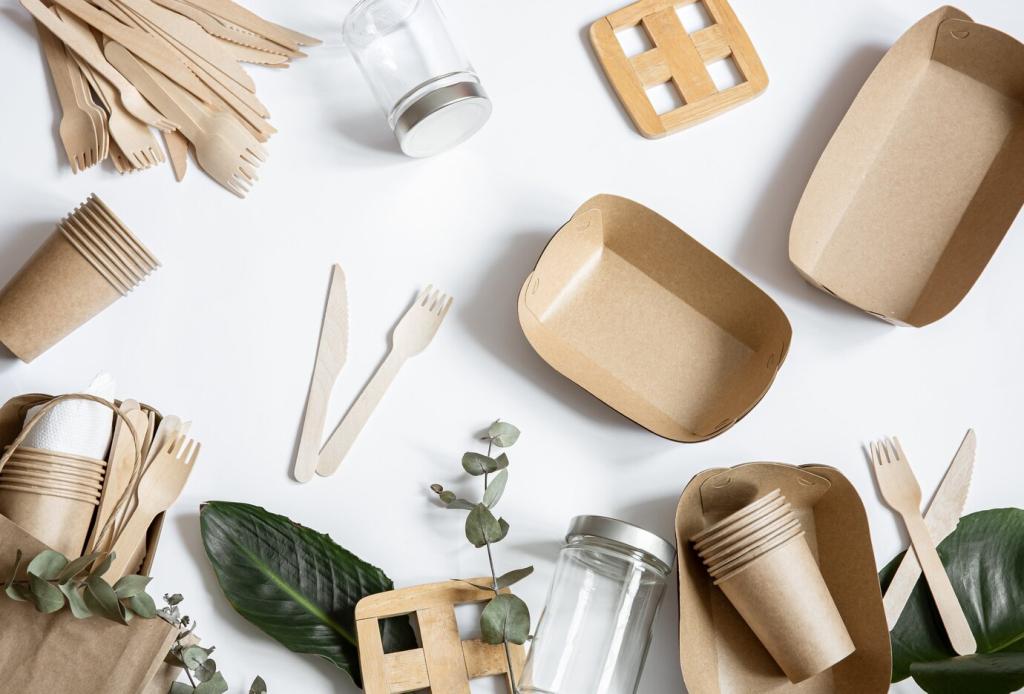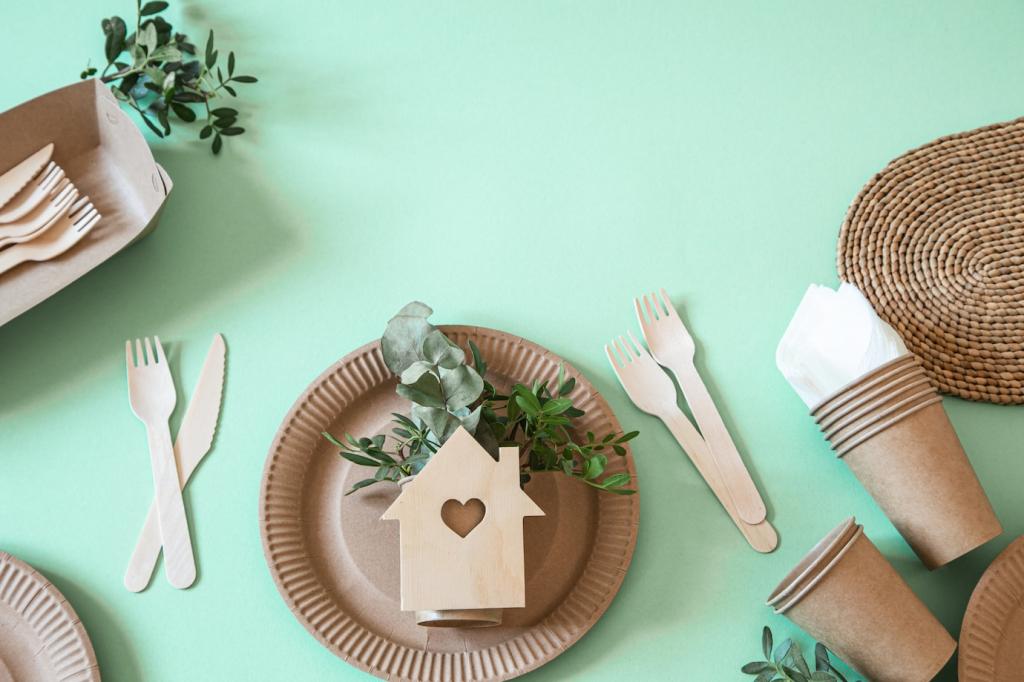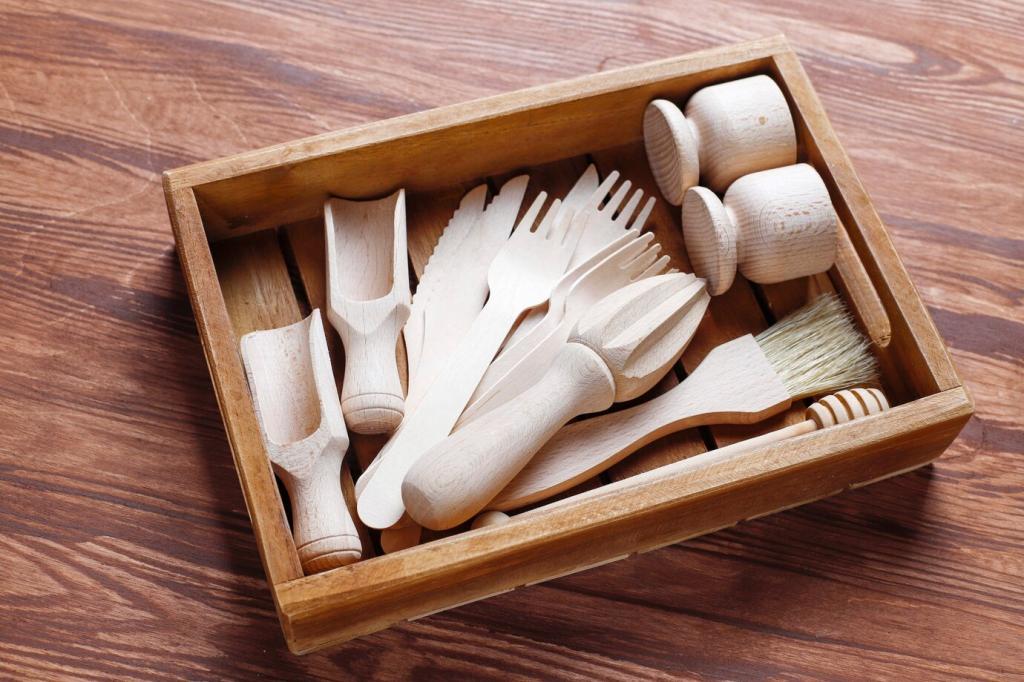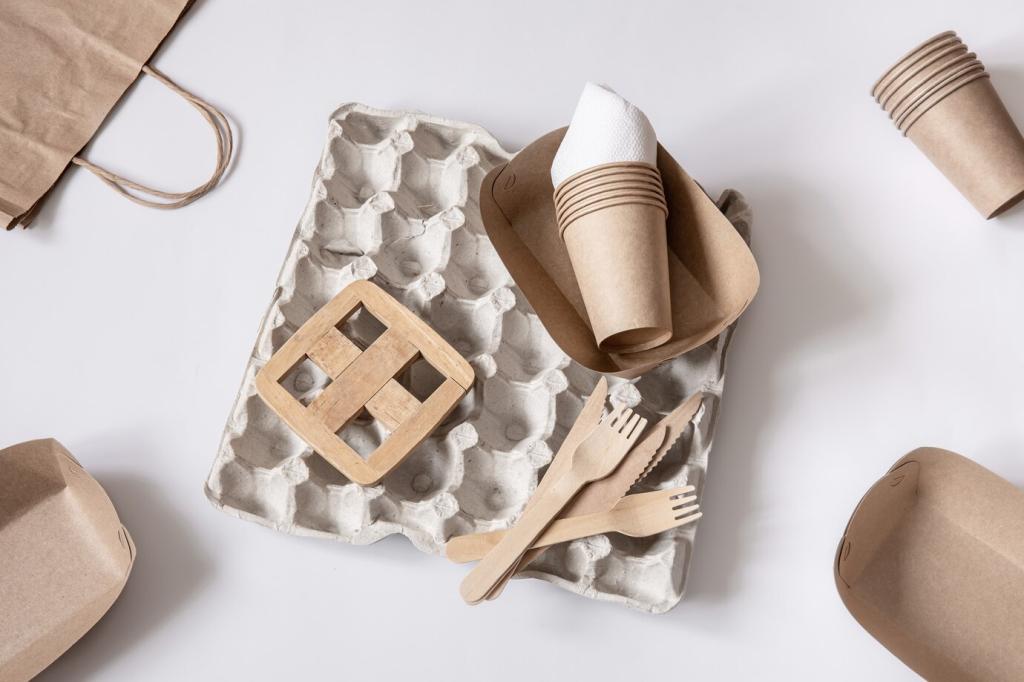Care and Maintenance for Recycled Furniture
Dust with a soft cloth, condition annually with plant-based oil, and use coasters to prevent rings. Felt pads under legs protect floors and joints. If a mark appears, embrace gentle sanding and re-wax. Many owners find small imperfections become cherished reminders of dinners, celebrations, and everyday joy.
Care and Maintenance for Recycled Furniture
Clean with mild soap and a soft brush, avoid harsh solvents, and store cushions dry. Dark colors may warm in direct sun; shade reduces heat and fading. The material shrugs off rain and spills, making it perfect for busy households that still crave low-maintenance, responsible outdoor comfort.
Care and Maintenance for Recycled Furniture
Inspect seasonally for chips in powder coat and touch up promptly. A light wax layer helps repel moisture, especially in humid climates. Level feet to reduce wobble and stress on joints. With simple attention, recycled metal frames stay strong, quiet, and beautifully steady through daily rhythms.








